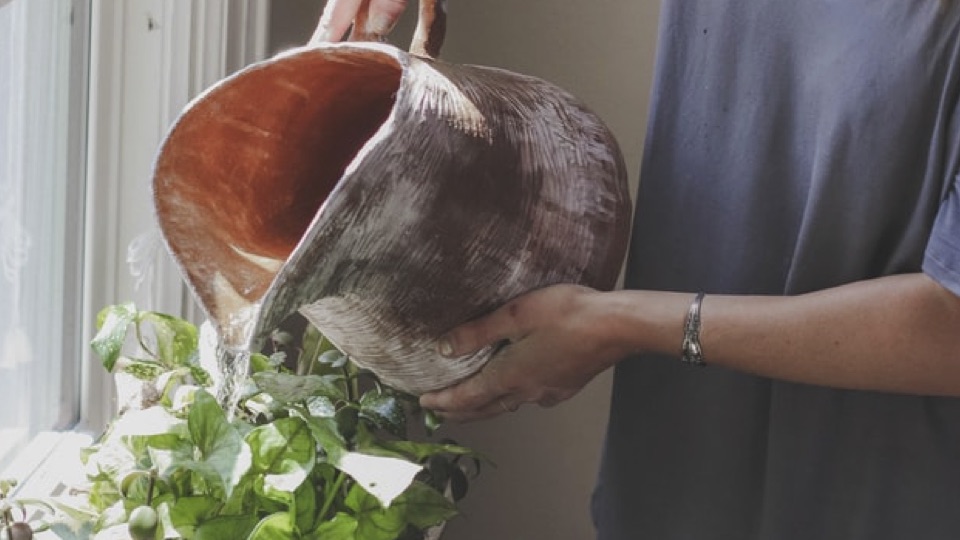Pandemic circumstances have inspired (or forced) many folks to become more creative and resourceful. Falling smack dab in the middle of those two qualities is the decision to grow your own vegetables — indoors. It’s become a big trend.
Yes, such a venture is possible and no, it does not have to take up as much space as you might expect. If you’ve already grown houseplants, you already have enough room for veggies.
Home veggie growing doesn’t require a green thumb but you’ll do best if you learn to pace yourself and manage your expectations. A few reasons to be patient with your indoor garden:
- There will definitely be a trial and error period.
- Most food crops grow more slowly indoors than outdoors (leafy greens and sprouts being a popular exception).
- Tomatoes are do-able but may push your limits in terms of both time and space.
- A few foods are almost certainly not going to do well inside, e.g. corn and cabbage. Let yourself get started with some easier options.
What Should I Start With?
As hinted at above, it’s best to begin with some newbie-friendly options. Herbs and leafy salad greens (arugula, kale, spinach, etc.) are excellent and nutritious initial choices. Here’s a sampling of other crops to kickstart your sustainability homestead:
- Carrots
- Radishes
- Potatoes
- Sweet potatoes
- Celery
- Beets
- Onions
- Cauliflower
- Bell peppers
- Broccoli
- Scallions
- Strawberries
- Mushrooms
Once again, trial and error will be your greatest teacher. But there’s more to the process than delicious, homegrown salads. Here are four more factors and options to keep in mind:
Have Fun and Get Creative With the Containers
You’re not limited to traditional planters or old-school plastic pails. Align your containers with your personal style and the motif of your apartment. Make a statement.
Encourage Drainage
No matter what kind of container you use, you’ll need something at the bottom (inside) to encourage drainage. Traditionally, this is achieved by using gravel but other repurposed options include:
- Marbles
- Rocks
- Small pieces of smashed-up ceramic cups or plates
- Bits of concrete
Also, place some kind of plate beneath each container to catch any run-off.
Sack Farming
This might be the most feasible option for you if your space is truly limited because you can grow some plants from the top and others by slitting the sides of the bags. Most folks use burlap coffee bags but here’s the scoop on growing potatoes in plastic trash bags:
Grow Plants Without Soil
Yes, without soil. There are four elements your veggie plants will need to grow (and none of them is soil):
- Nutrients
- Sunlight
- Water
- Carbon dioxide
Hydroponic gardening involves nutrients dissolved into water. The plant’s roots are then dangled into the water, allowing them ready access to the nutrition they desire.
Pluses and Minuses
Indoor gardening enables your vegetables to grow without being at the mercy of the weather. It also removes the vast majority of insects, pests, and other creatures who may feast on them before you can. But this setting is not without its disadvantages. Maintaining proper light levels is a big part of that trial and error process I mentioned up top. Plus, outside plants benefit greatly from the presence of pollinating insects.
However, the upsides are many. The presence of plants will bring your home alive, lower your food costs, supply you with more oxygen, and give you the opportunity to personally blossom. If recent trials and tribulations have taught us anything, it’s the need to become more self-sufficient and flexible. Your indoor veggie garden will provide you with food, satisfaction, and more than a few life lessons.
-Mickey Z
YePhoto by Cassidy Phillips on Unsplash


0 comments on “Yes, You CAN Grow Veggies Indoors”